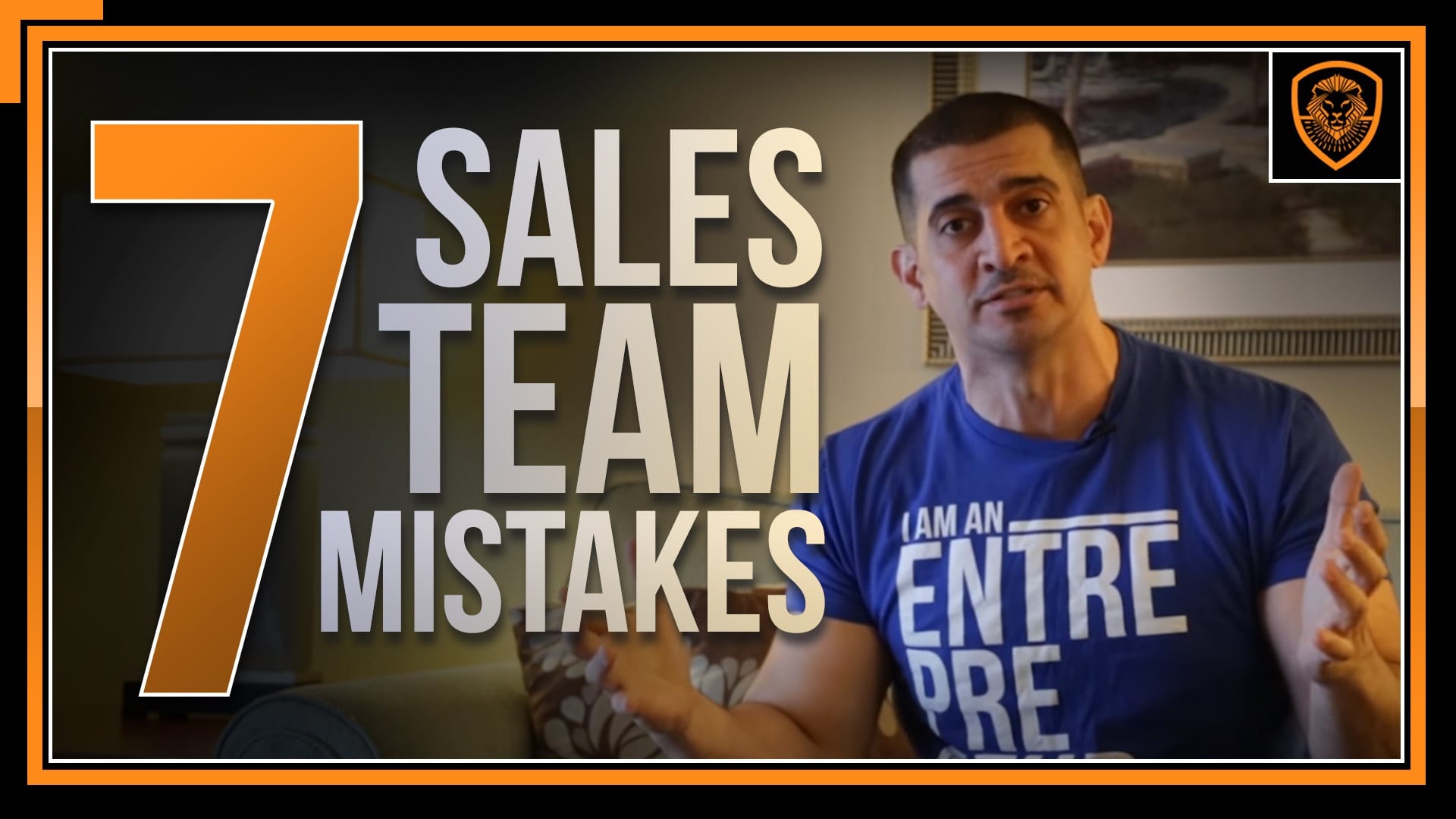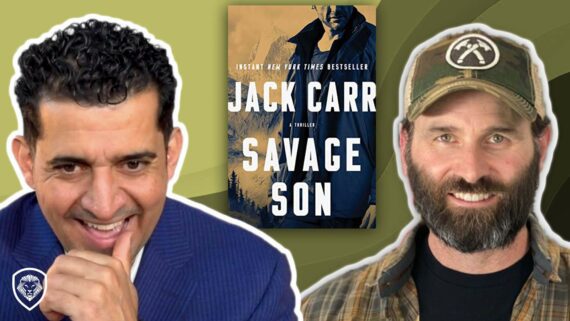 This article is by Rebecca Livermore. Rebecca is the content manager here at PatrickBetDavid.com and the owner of Professional Content Creation. She invites you to connect with her on LinkedIn.
This article is by Rebecca Livermore. Rebecca is the content manager here at PatrickBetDavid.com and the owner of Professional Content Creation. She invites you to connect with her on LinkedIn.
In an earlier article I covered why every entrepreneur should have a blog. If you haven’t read it yet, you can check it out here. And as much as I believe in blogging, one huge problem bloggers have is they build a blog, and no one reads it. In this article I provide seven ways to drive massive traffic to your blog.
#1: Optimize Blog Post Titles
Great blog post titles accomplish a couple of things that are key when it comes to driving massive traffic to your blog. First of all, they help you to be found through search engines such as Google and Bing. Secondly, they also compel people to click - or not. Here's how this article published on Entrepreneur.com puts it:
Great content, high search engine placement, interactive sharing, and a strong social media strategy are all useless if your headlines don't compel people to open the link. Great headlines entice people to read the content and share the link. In fact, people will often share a great headline even if they don't read the content themselves. Writing headlines that pique interest without looking spammy is a skill like any other and it's one worth mastering.
So the question is, what makes a blog post title great? This article published on CoSchedule provides 101 formulas for great blog post titles.
Recommended Resource
Speaking of CoSchedule, they offer a free tool to help you analyze your blog post titles. You can check it out here.
#2: Focus on Long-tail Keywords
Before I get into longtail keywords, first, let's cover what I mean by keywords. A keyword is simply the main idea of your article. There are short-tail keywords, and long-tail keywords. As an example, a short-tail keyword for this article is "blog." Short-tail keywords are often a single word, or perhaps two words. In contrast, long-tail keywords are typically three words or longer. In this article, my long-tail keyword is "traffic to your blog" and an even longer-tail keyword phrase is "drive massive traffic to your blog."
Long-tail keywords help drive massive traffic to your blog because they don't have as much competition. For example, I just now typed the word, "blog" into Google, and it returned 6,880,000,000 results. Imagine trying to get on the first page of Google with that keyword. In contrast, when I type, "drive massive traffic to your blog" into Google, I get 647,000 results. Now that's not to say that the keyword phrase, "drive massive traffic to your blog" is easy to rank for, but it's certainly much easier to rank for than the single word, "blog."
Also, according to this article published on Forbes, 70% of the online searches are long-tail keyword searches. It gives the example that instead of searching for "bicycle," a person would likely search for "mountain bikes under $500."
#3: Answer People's Questions
In addition to optimizing blog post titles and using long-tail keywords, a great way to drive massive traffic to your blog is to answer people's questions.
This article published on Entrepreneur.com advises:
Create a list of the most frequently asked questions in your industry and answer them in blog posts. This gives you content that will attract the right audience, whom will consider you to be very helpful and knowledgeable.
Not only do you provide helpful content when you write articles that answers people's questions, the questions in and of themselves are often good long-tail keywords. For instance, if I wondered how to drive massive traffic to my blog, I might type into Google, "How can I drive more traffic to my blog?" If you use the question as your title, and then answer it in your article, you may have a perfectly optimized blog post title, that few others bloggers have specifically used.
Recommended Resource
Marcus Sheridan, also known as The Sales Lion is the one I know of that first popularized the concept of creating content around people's questions. Check out his book titled, They Ask, You Answer for a deep dive on this topic.
#4: Create Shareable Content
Obviously, one of the best ways to drive massive traffic to your blog is to create content that other people share. When you do that, others take on the task of promoting your content for you.
Believe it or not, even in this day of short-attention spans, one of the main things that makes content shareable is length. As stated in this article on Small Business Trends, long articles are consistently shared more often than shorter ones. My personal take on the why behind this is that people want to share truly valuable content with others. While some people such as Seth Godin manage to say amazing things in a few number of words, most people fail to get beyond the basics in short articles.
And by the way, longer articles also tend to show up better in Google searches, which increases the odds of them being shared more frequently.
What I'd like to encourage you to do is to experiment with various types of content to see which of your content is shared more frequently, and then adapt accordingly, but start off by writing some epic posts, and see how they do.
#5: Swap Content with Other Bloggers
I'm going to admit straight up that I depend on Google to send traffic to my site perhaps more than I should. And so far, it's worked well for me. The problem with this approach is that from time to time, Google changes its algorithms and when they do, some sites lose the majority of their search traffic. One of the best ways to combat that is to focus on quality content, because sites with a great deal of quality content are seldom penalized by Google algorithm changes.
Having said that, the article More Ways to Grow Your Blog’s Traffic Without Google Search shares a horror story of a site that lost 80% of it's traffic after Google updated its algorithm. The article provides some good tips for how to drive massive traffic to your blog without depending on Google.
One such way is to participate in content swaps with other writers. One key benefit of a content swap as compared to simple guest posting is that you don't have to continually reach out and pitch guest post ideas to other sites. In addition to that, with a content swap, you not only gain more exposure to your site by publishing content on other sites, you also end up with more content published on your site. And the more quality content you have on your site, the more traffic Google and other search engines send your way. To learn all the ins and outs of how to set up a content swap for your blog, as well as some other great ideas for driving massive traffic to your blog without depending on Google, be sure to read the entire article here.
#6: Interact with Your Audience
Have you ever noticed that people love to be noticed? And not just noticed, but responded to? The readers of your blog are no different. Because of this, it pays to pay attention to and interact with the people who comment on your blog and social media posts as well as ones who share your content with others.
In addition to answering questions that people ask, take it a step further, and when appropriate, share their content with others.
#7: Be Consistent
I chose to make consistency the last point in this article because honestly, if you're not consistent in the content you create or with sharing it and interacting with others on social media, nothing else really matters. For example, let's say you do one content swap. Will it yield results? Maybe. Hopefully at least a little. But doing a content swap once won't do nearly as much as doing a content swap every week for a year or more. Writing one long-form piece of content will certainly help drive more traffic to your blog, but if you want to drive massive traffic to your blog, you need more than one epic blog post.
One of the biggest problems that people have when it comes to consistency is coming up with good ideas for content. This article published on Entrepreneur lays out an excellent 10-step group brainstorming process. If you're flying solo, no worries. It also provides a seven-step solo brainstorming process to help you come up with ideas for your blog.
If you need help blogging consistently, check out this free mini-course, 5 Secrets to Developing the Blogging Habit.
Your Turn
If you have any questions or comments about this article or about how to drive more traffic to your blog, leave them below and I'll be sure to get back to you.






